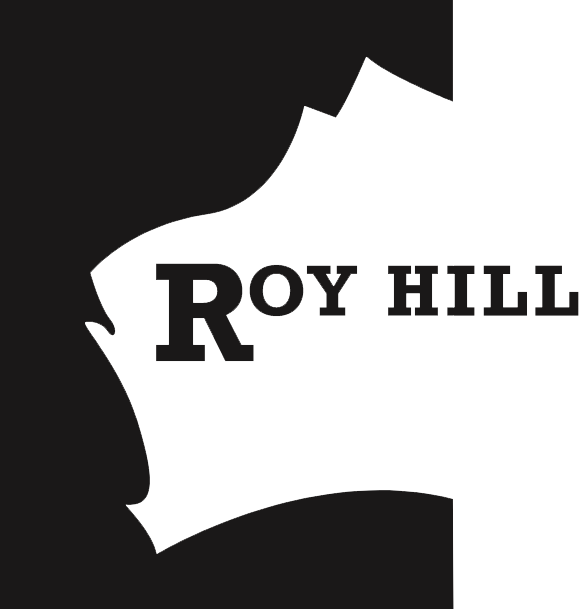News
‘A GREAT YEAR’: RINEHART’S ROY HILL POSTS $3.2BN PROFIT


Resources billionaire Gina Rinehart’s Roy Hill mine has delivered another major profit – though commodity prices have hit the iron ore asset’s financial result.
Net profit was a bumper $3.2bn for the year to June 30, but falling iron ore prices means the result was down 28 per cent from a record figure in 2021. It was still up 43 per cent from the 2020 year, when Roy Hill made a $2.2bn net profit, and is among the biggest financial results for any privately owned Australian company.
Benchmark prices for iron ore averaged $US138 a tonne last financial year, down 10 per cent on the $US154 a tonne from the previous year.
Fortescue Metals’ profit fell 40 per cent to $US6.2bn ($9.2bn) for the year on the back of lower iron ore prices and rising cost pressure in the Pilbara. BHP’s underlying iron ore earnings before interest and tax were down almost 20 per cent for the year.
But iron ore prices were well above long-term levels and Roy Hill booked $4bn in cash flow from its operations, as the company shipped more than 60 million tonnes of iron ore to export markets for the first time since sending its first shipment overseas in late 2015.
Through Roy Hill and her Hancock Prospecting, Mrs Rinehart is one of Australia’s biggest corporate taxpayers. Roy Hill paid $761m in state royalties and native title royalties this year, along with a further $2.1bn in income tax to the end of June.
The mine paid $3.3bn in dividends to its owners: Hancock Prospecting, Marubeni, POSCO and China Steel. Hancock is Roy Hill’s majority owner with a 70 per cent stake, and the result sets up the likelihood of Hancock posting another big financial result when its accounts are lodged with the corporate regulator.
Last year, Hancock lodged a $7bn profit, one of the biggest results for a private company in recent memory.
Mrs Rinehart described the Roy Hill result as “another great year” for the mine, and adding: “When mining does well, Australia does well. “Once again, the significant contribution Roy Hill and mining in general makes to the country has been highlighted – creating jobs and opportunities, powering the economy through Covid and contributing to health, defence, police, our elderly, infrastructure and more.”
So well has Roy Hill performed since operations began that it paid off its entire $US7.2bn in debt within five years.
Roy Hill now has the right to export 70 million tonnes a year through Port Hedland, and the company flagged a push to lift exports again this year, saying it had commissioned an expansion to its magnetic separation plant – reducing the amount of waste ore sent to tailings, and producing a high-grade iron ore product.
A total of $683m has been committed by Roy Hill for new capital, including the purchase of the Pilbara’s first battery-powered locomotive, scheduled for delivery next year.
Roy Hill chief executive Gerhard Veldsman said the mine’s “outstanding performance” was “credit to the hard work and dedication of all teams across the business”, adding: “The integration of our planning, scheduling and mine execution teams, along with a shift to a more strategic planning model, helped us to achieve a record in excess of 60 million tonnes of quality product shipped to our customers.”
Some $2.3bn was paid to suppliers of services, materials and equipment to Roy Hill during the financial year, the accounts show.
Roy Hill represents Mrs Rinehart’s long-held dream of her family owning and operating its own mine, although it almost did not happen. Mrs Rinehart had put together a complex debt package in 2014 to help fund the development, including 19 major banks and five credit export agencies.
Before that, she had come close to pulling the pin when one of the contractors used on the mine’s preparation plant went under, delaying financing.
Mrs Rinehart told The Australian in 2020 that she even drew up closure plans for Roy Hill, before eventually pressing ahead.
01.12.2022
Latest news
- Mrs Gina Rinehart AO | Bush Summit speech
- Roy Hill Donates World Class Racing Hull to Support Womens Rowing
- Speech by Mrs Gina Rinehart AO | Eve of ANZAC Day | 2024
- ‘Laws may need to change’: Gina Rinehart lashes Facebook over scam ‘inaction’
- Port of Port Hedland grows WA economy
- ‘Truth hurts’ – Gina Rinehart on why China is smarter than Australia
Group executive news
- The Bolt report | A smoking ceremony gone wrong
- Geraldton tree planting event in honour of late QEII cancelled by Indigenous elders
- ‘WE MUST CONSTANTLY REMIND PEOPLE THAT WE NEED MINING’
- Ngurra Kujungka Annual Interschool Swimming Carnival | 2023
- Australians are ready, willing, and able to work – let them!
